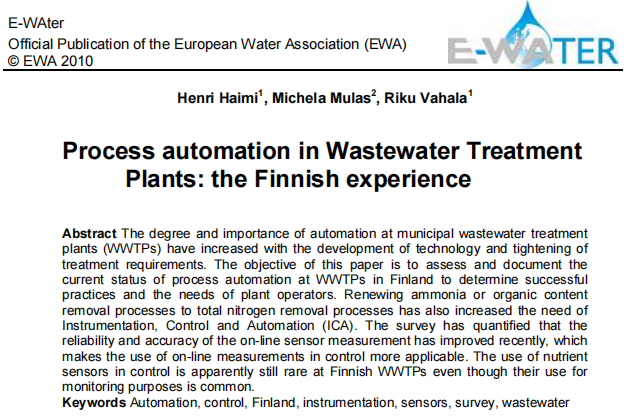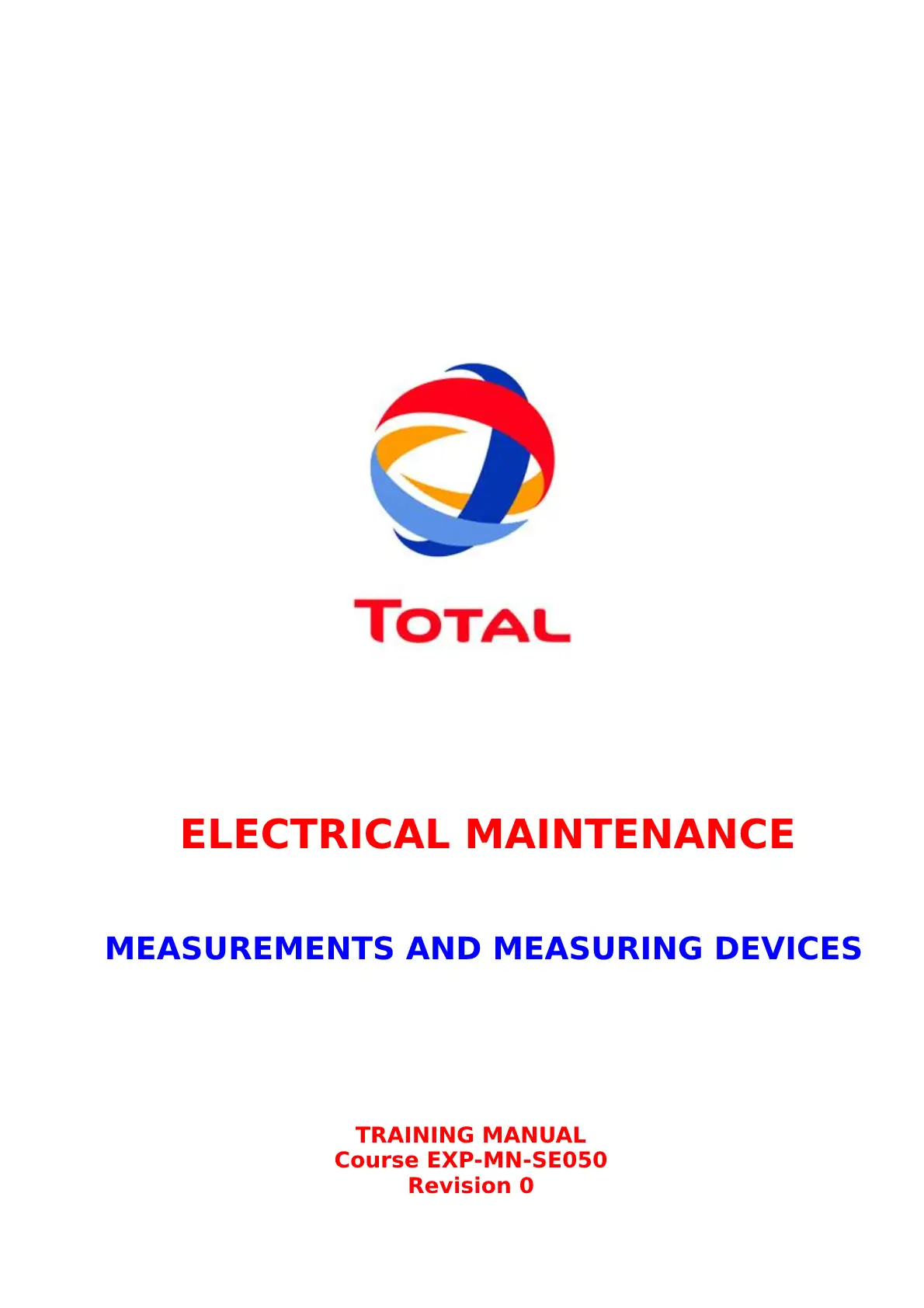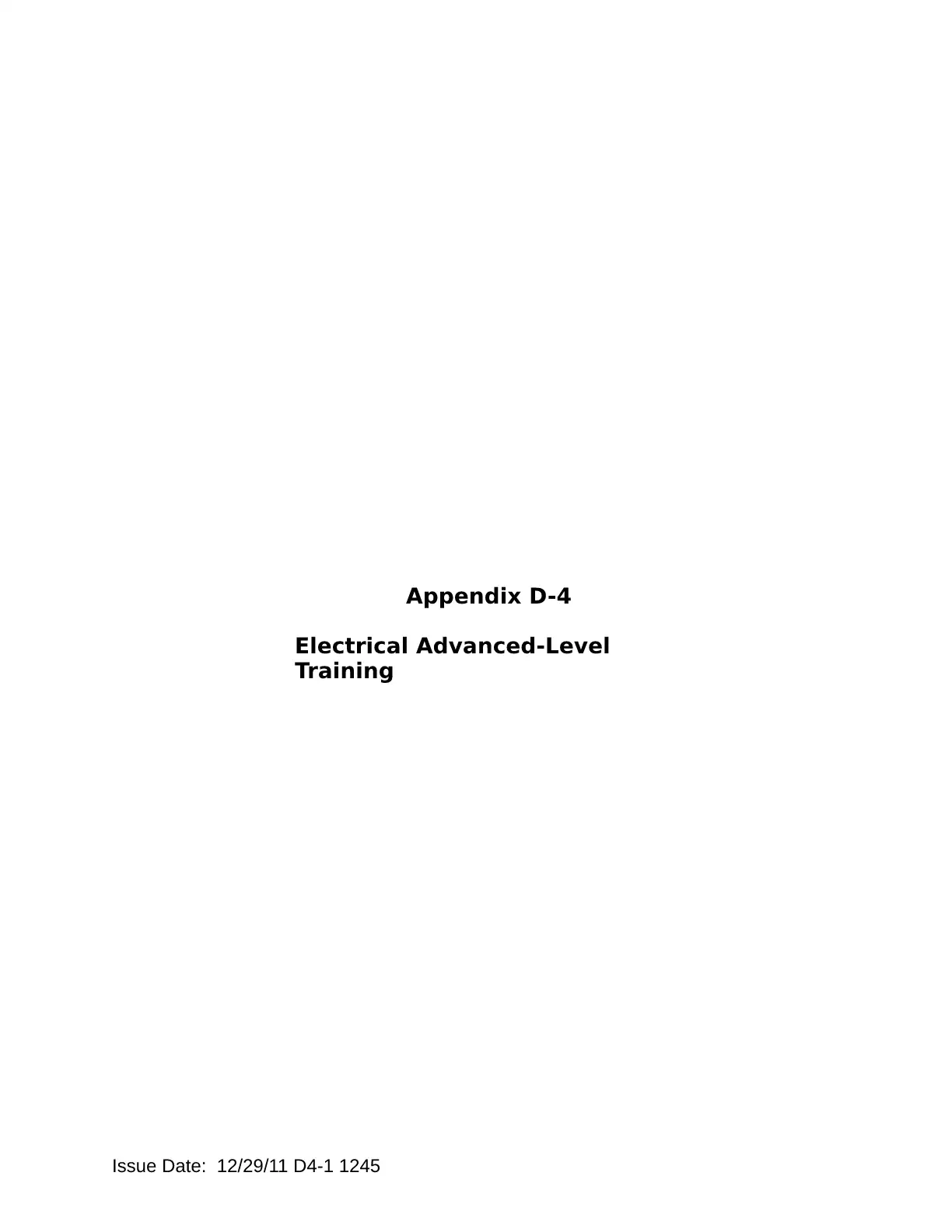Electrical & Automation
DCS Controller Tuning
Views : 6
Source: https://www.stoneandwebster.com
Usually dispatched in 2 to 3 days
Usually dispatched in 2 to 3 days
Category:
Electrical & Automation
Only logged in customers who have purchased this product may leave a review.
Related books
Process Automation In Wastewater Treatment Plants: the Finnish Experience
Abstract:
The degree and importance of automation at municipal wastewater treatment plants (WWTPs) have increased with the development of technology and tightening of treatment requirements. The objective of this paper is to assess and document the current status of process automation at WWTPs in Finland to determine successful practices and the needs of plant operators. Renewing ammonia or organic content
removal processes to total nitrogen removal processes has also increased the need of Instrumentation, Control and Automation (ICA). The survey has quantified that the reliability and accuracy of the on-line sensor measurement has improved recently, which makes the use of on-line measurements in control more applicable. The use of nutrient sensors in control is apparently still rare at Finnish WWTPs even though their use for monitoring purposes is common.
Process Automation In Wastewater Treatment Plants: the Finnish Experience
Abstract:
The degree and importance of automation at municipal wastewater treatment plants (WWTPs) have increased with the development of technology and tightening of treatment requirements. The objective of this paper is to assess and document the current status of process automation at WWTPs in Finland to determine successful practices and the needs of plant operators. Renewing ammonia or organic content
removal processes to total nitrogen removal processes has also increased the need of Instrumentation, Control and Automation (ICA). The survey has quantified that the reliability and accuracy of the on-line sensor measurement has improved recently, which makes the use of on-line measurements in control more applicable. The use of nutrient sensors in control is apparently still rare at Finnish WWTPs even though their use for monitoring purposes is common.
VFD Smart Drive Technology Saving Electric Motor Energy
Electric Motors Use 70% of the World’s Power
■ We impact that load 30 – 50%
■ Savings can be as much as 20% to 30% on the overall bill
■ Look for 1hp and above operating at least 2,000 hrs/yr
VFD Smart Drive Technology Saving Electric Motor Energy
Electric Motors Use 70% of the World’s Power
■ We impact that load 30 – 50%
■ Savings can be as much as 20% to 30% on the overall bill
■ Look for 1hp and above operating at least 2,000 hrs/yr
Wastewater Treatment Plants Automation Master Plan
Introduction:
The City of Winnipeg has initiated a program to perform upgrades to the wastewater treatment systems at the NEWPCC, SEWPCC, and WEWPCC facilities. As part of these upgrades, automation systems are required for process control and monitoring. These automation systems must be installed to provide effective monitoring and control of the wastewater treatment processes. There are many methods of implementing an automation system, and the purpose of this document is to provide an overall strategy for automation installations that are consistent with the City’s needs. It is expected that this document will form the basis for future design work.
Wastewater Treatment Plants Automation Master Plan
Introduction:
The City of Winnipeg has initiated a program to perform upgrades to the wastewater treatment systems at the NEWPCC, SEWPCC, and WEWPCC facilities. As part of these upgrades, automation systems are required for process control and monitoring. These automation systems must be installed to provide effective monitoring and control of the wastewater treatment processes. There are many methods of implementing an automation system, and the purpose of this document is to provide an overall strategy for automation installations that are consistent with the City’s needs. It is expected that this document will form the basis for future design work.
Testing and Commissioning of Electrical Equipment
INTRODUCTION
The purpose of these specifications is to assure that all tested electrical equipment and systems supplied by either contractor or owner are operational and within applicable standards and manufacturer’s tolerances and that equipment and systems are installed in accordance with design specifications. The need for acceptance testing of electrical power systems is very clear to those with extensive start-up and/or operating experience.
Shipping and installation damage, field and factory wiring errors, manufacturing defects, and systems and components not in accordance with drawings and specifications are some of the many problems that can be detected by appropriate testing. When these defects are found before start-up they can be corrected under warranty and without the safety hazards and possible equipment and consequential damages or loss of use/production that can occur if discovered after startup or energizing. In addition, test results obtained during acceptance testing are invaluable as base reference data for periodic testing which is an essential element of an effective maintenance program.
This document lists a majority of the field test available for assessing the suitability for service and reliability of the power distribution system. Certain tests have been assigned an “optional” classification. The following considerations were used in determining the use of the “optional” classification: 1. Did another test listed provide similar information? 2. How did the cost of the test compare to the cost of other tests providing similar information? 3. How commonplace was the test procedure? Is it new technology? While acknowledging the above, it is still necessary to make an informed judgment for each particular system regarding how extensive the testing should be. The approach taken in these specifications is to present a comprehensive series of tests that is applicable to most industrial and larger commercial systems.
The guidance of an experienced testing professional should be sought when making decisions such as how extensive testing should be. In smaller systems, some of the tests can be deleted. In other cases, a number of the tests indicated as optional should be performed. As a further note, it is important to follow the recommendations contained in the manufacturer’s instruction manuals. Many of the details of a complete and effective acceptance testing procedure can only be obtained from that source.
Testing and Commissioning of Electrical Equipment
INTRODUCTION
The purpose of these specifications is to assure that all tested electrical equipment and systems supplied by either contractor or owner are operational and within applicable standards and manufacturer’s tolerances and that equipment and systems are installed in accordance with design specifications. The need for acceptance testing of electrical power systems is very clear to those with extensive start-up and/or operating experience.
Shipping and installation damage, field and factory wiring errors, manufacturing defects, and systems and components not in accordance with drawings and specifications are some of the many problems that can be detected by appropriate testing. When these defects are found before start-up they can be corrected under warranty and without the safety hazards and possible equipment and consequential damages or loss of use/production that can occur if discovered after startup or energizing. In addition, test results obtained during acceptance testing are invaluable as base reference data for periodic testing which is an essential element of an effective maintenance program.
This document lists a majority of the field test available for assessing the suitability for service and reliability of the power distribution system. Certain tests have been assigned an “optional” classification. The following considerations were used in determining the use of the “optional” classification: 1. Did another test listed provide similar information? 2. How did the cost of the test compare to the cost of other tests providing similar information? 3. How commonplace was the test procedure? Is it new technology? While acknowledging the above, it is still necessary to make an informed judgment for each particular system regarding how extensive the testing should be. The approach taken in these specifications is to present a comprehensive series of tests that is applicable to most industrial and larger commercial systems.
The guidance of an experienced testing professional should be sought when making decisions such as how extensive testing should be. In smaller systems, some of the tests can be deleted. In other cases, a number of the tests indicated as optional should be performed. As a further note, it is important to follow the recommendations contained in the manufacturer’s instruction manuals. Many of the details of a complete and effective acceptance testing procedure can only be obtained from that source.
Electrical Advanced-Level Training
Introduction:
This training is recommended for inspectors performing component design bases inspections (CDBIs) or other detailed inspections of electrical systems. Inspectors with demonstrated experience may be grandfathered in the completion of this training, if approved by the division director.
Completion of technical proficiency-level training (Appendix C in IMC 1245) is strongly recommended before beginning this training. You may complete the requirements in this training standard along with the general proficiency requirements contained in Appendix B and
the technical proficiency requirements in Appendix C.
Objectives of Advanced-Level Training This training focuses on the activities necessary to fully develop individuals as lead or “experts” in the electrical inspection area. It is not the intent that all certified inspectors will complete all of the ISAs in this advanced appendix. In addition, this appendix should also be viewed as an inspector’s aid and could be used during an inspection to assist in inspecting a particular area.
Electrical Advanced-Level Training
Introduction:
This training is recommended for inspectors performing component design bases inspections (CDBIs) or other detailed inspections of electrical systems. Inspectors with demonstrated experience may be grandfathered in the completion of this training, if approved by the division director.
Completion of technical proficiency-level training (Appendix C in IMC 1245) is strongly recommended before beginning this training. You may complete the requirements in this training standard along with the general proficiency requirements contained in Appendix B and
the technical proficiency requirements in Appendix C.
Objectives of Advanced-Level Training This training focuses on the activities necessary to fully develop individuals as lead or “experts” in the electrical inspection area. It is not the intent that all certified inspectors will complete all of the ISAs in this advanced appendix. In addition, this appendix should also be viewed as an inspector’s aid and could be used during an inspection to assist in inspecting a particular area.
Using EDI to Meet the Needs of Pure Water Production
Summary
This report describes the advantages of using EDI for ultrapure water production for power plant boiler makeup water and microelectronics fabrication rinse water. Operating data is presented showing the advantages of EDI for these applications.
Using EDI to Meet the Needs of Pure Water Production
Summary
This report describes the advantages of using EDI for ultrapure water production for power plant boiler makeup water and microelectronics fabrication rinse water. Operating data is presented showing the advantages of EDI for these applications.















Reviews
There are no reviews yet.